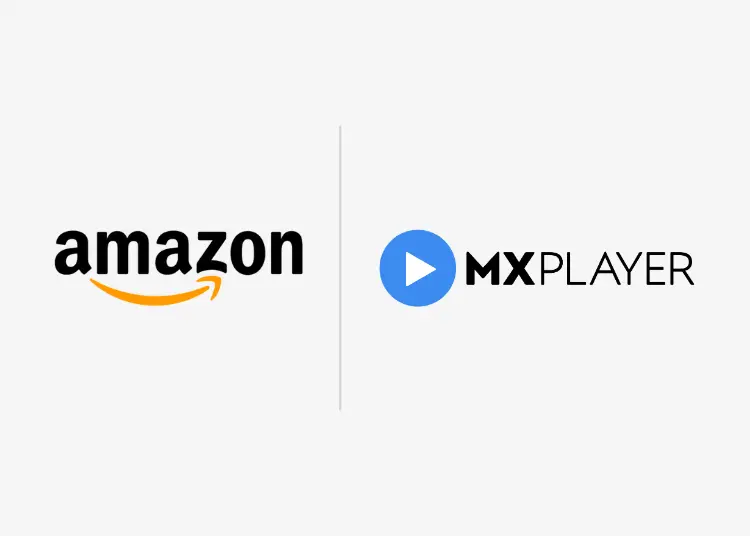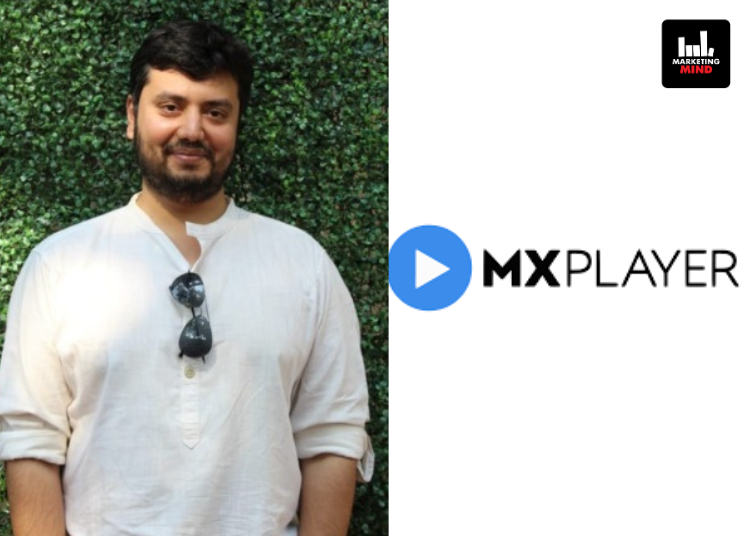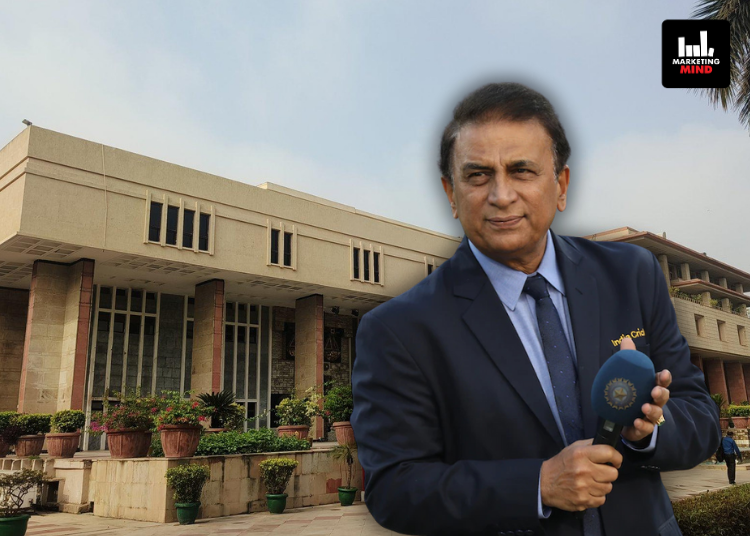After much to and fro, Amazon recently entered into an agreement to acquire some assets from MX Player, an OTT platform owned by Times Internet. The transaction, however, remains pending completion.
The deal marks the culmination of nearly two years of negotiations between the companies, during which they explored synergies among their assets. Initially reported in early 2023, Amazon’s interest in acquiring MX Player was interrupted when discussions ceased in July of that year.
Negotiations resumed in February of the following year, and recently, Amazon officially confirmed the acquisition of certain assets, emphasising its strategic intent to bolster its footprint in the Indian market.
Amazon runs Prime Video, a subscription-based OTT service, alongside miniTV, a free video-on-demand platform, in India.
According to the latest FICCI EY report, miniTV experienced significant year-on-year growth in watch time during 2023, increasing fourfold. In 2024, the platform plans to introduce over 900 hours of exclusive content spanning various genres.
Additionally, 87% of miniTV viewers engage in monthly online shopping, with 40% of them belonging to the top 20% of spenders.
Industry leaders believe that MX Player fits in well with Amazon’s miniTV, which was launched three years ago. They also highlighted that as per various claims, MX Player boasts a user base of over 300 million registered users worldwide. However, the app’s user engagement metrics have declined due to its loss of focus.
MX Player was acquired by Times Internet in 2018 for ₹1,000 crore ($140 million at that time). Following the acquisition, it was relaunched as an ad-supported video streaming platform.
They also highlighted that the service boasts a user base of over 300 million registered users worldwide. However, the app’s user engagement metrics have declined due to its loss of focus.
In a conversation with Marketing Mind, Ashish Bhasin, Founder, The Bhasin Consulting Group, emphasised that Amazon’s decision to acquire some assets of MX Player stems from the significant importance of the Indian market. Amazon aims to strengthen its position in this important market by leveraging MX Player’s established audiences, which extend into tier two, tier three, and tier four towns, as well as rural areas.

“MX Player’s extensive reach in these regions for a growing form of communication is what Amazon can capitalise on. Ultimately, Amazon’s primary goal is to boost its e-commerce platform. By acquiring MX Player’s audience, Amazon can potentially migrate these users to its e-commerce platform, encouraging them to transact. This acquisition, therefore, makes strategic sense for Amazon,” Bhasin said.
“Through Amazon Prime Video, they have already captured a segment of the market. Additionally, miniTV provides them with confidence in attracting an audience that is consuming video content rapidly. Now, this penetration will deepen, expanding beyond metro areas into tier 2, tier 3, and tier 4 cities, including rural areas. This will allow them to achieve deeper penetration into the Indian video market,” he added.
According to Uday Sodhi, a Senior Partner and Co-founder at Kurate Digital Consulting, MX Player had a great reach and a significant content library. If its content migrates to MiniTV, it will give the users additional choices. Moreover, it will help expand the AVOD offering of Amazon.

Bhasin pointed out that ultimately, it’s crucial to remember that Amazon is not primarily a video player. While they have a significant presence in the video industry, their core business is e-commerce and the primary goal of their video services is to drive consumers to transact more frequently on their e-commerce platform, especially as e-commerce penetration deepens over time.
“They are not just vying for viewer attention, they are targeting consumer spending. This strategy is effective because once consumers are engaged on their platform, it becomes easier to cross-sell e-commerce products to them,” he added.
Meanwhile, Sodhi emphasised that Amazon has invested significantly in building an AVOD business to compete with YouTube. The move to acquire MX player assets will help in that direction as well.
“As per the last count MX Player had 150 million MAUs. That would mean that they reach 30% of the Indian video consumers. Their reach would be significantly higher in language markets because they had content in all major languages,” Sodhi added.
He stated that as more consumers adopt miniTV content, the advertisers will follow as they need more customer reach and the ability to target valuable cohorts of users.
“The AVOD market will expand significantly with 3 players (Amazon, JioCinema and YouTube) wanting to build AVOD businesses. While YouTube continues to expand their creator ecosystem, Jio is focusing on sports/cricket to bring in users and Amazon has acquired MX Player assets. This is great for the consumer and advertisers,” Sodhi added.
Speaking about Amazon’s content strategy, Bhasin said that in the short term, it’s unlikely to change. However, in the long term, their content will begin to flow across their various properties.
“We are entering an era of consolidation, which is already evident in the OTT sector and television channels. This trend has also occurred in the advertising agency sector and will soon impact all areas of media and advertising . As consolidation progresses, major players like Amazon will likely continue acquiring more assets over the years. As their platform expands, they will be able to distribute content across all their platforms,” he added.
Meanwhile, Sodhi believes that there won’t be any change in the subscription business of Amazon on acquiring certain assets of MX Player.
















